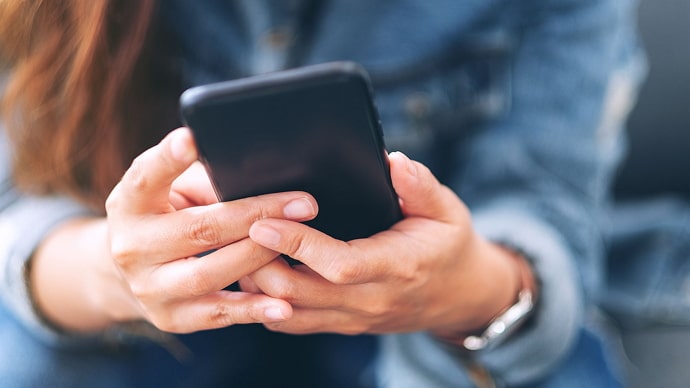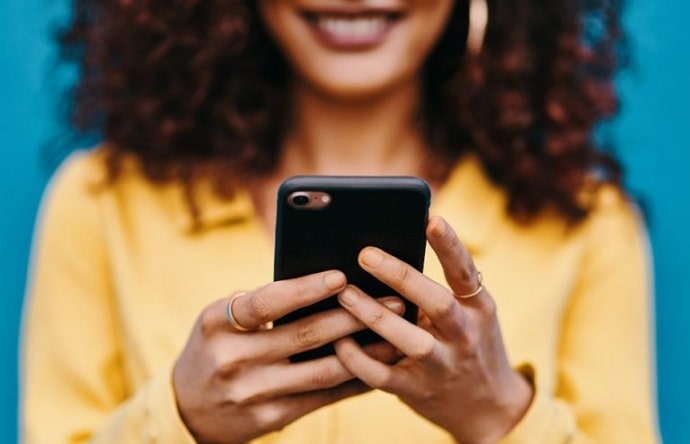Human communication is a complex interplay of verbal and nonverbal cues. Among these nonverbal cues, facial expressions play a significant role in conveying emotions, intentions, and feelings.

A common and intriguing facial expression is the smile combined with looking down. This subtle yet distinct gesture can hold various meanings depending on the context and individual personalities.
In this article, we will explore the psychology behind a smile accompanied by looking down and decipher the possible interpretations of this nonverbal communication. Let’s get started!
What Does it Mean When Someone Smiles and Looks Down?
Before delving into the specifics of what a smile and looking down might mean, it’s essential to understand the fundamentals of nonverbal communication. Nonverbal cues include facial expressions, body language, gestures, and tone of voice.
All of the above-mentioned cues complement and sometimes even override the spoken word in conveying messages and emotions. Human beings are highly attuned to nonverbal signals, as they often provide a more accurate representation of one’s thoughts and feelings.
The Smile: A Universal Expression
Smiling is one of the most universally recognized facial expressions across cultures. It signifies happiness, joy, and friendliness. When someone smiles, it generally indicates a positive emotional state and a willingness to engage in a social interaction.
Smiles can be genuine or polite, and their authenticity often depends on other accompanying nonverbal cues.
Looking Down: An Ambiguous Gesture
Looking down, on the other hand, is a more ambiguous gesture in nonverbal communication. Depending on the context and the person’s demeanor, looking down can convey a range of emotions and intentions.
It can be associated with shyness, modesty, introspection, or even discomfort. To interpret the meaning accurately, it’s crucial to consider other factors and the overall context in which the gesture occurs.
When someone smiles and looks down, it can be difficult to interpret their meaning. However, there are a few possible explanations for this behavior. Let’s explore some of the possible interpretations when someone smiles and looks down:
a. Shyness or Modesty
One of the most common interpretations of a smile accompanied by looking down is shyness or modesty. In this context, the person may be feeling self-conscious or slightly embarrassed but still expresses their friendliness through a smile. Looking down can be a way to avoid direct eye contact, which may feel uncomfortable for someone who is shy.
b. Attraction or Flirting
Smiling while looking down can also be a sign of attraction or flirting. When someone is attracted to another person, they may smile as a way to signal their interest, but they might also look down to create a sense of mystery or playfulness. It’s a subtle way of expressing attraction without being overly direct.
c. Nervousness or Anxiety
In situations where someone is feeling nervous or anxious, they may smile while looking down as a coping mechanism. The act of smiling can help alleviate anxiety, while looking down can be a way to divert attention from their nervousness or discomfort. This combination suggests that the person may be trying to appear composed despite their inner tension.
d. Reflective or Thoughtful State
Sometimes, looking down can indicate that a person is in a reflective or thoughtful state of mind. They may be contemplating a conversation, considering their words carefully, or processing information. The smile in this context could indicate that they are in a positive or contemplative frame of mind.
e. Cultural and Individual Variations
It’s important to note that the interpretation of a smile combined with looking down can vary significantly based on cultural norms and individual personalities. In some cultures, avoiding direct eye contact is a sign of respect or politeness. Similarly, individual differences in social skills and personality traits can influence how this gesture is perceived.
f. Context Matters
The meaning of a smile and looking down is highly context-dependent. It’s essential to consider the surrounding circumstances, the relationship between the individuals involved, and the overall atmosphere of the interaction. For instance, in a professional setting, a smile and looking down might be interpreted differently than in a casual social gathering.
g. Duration of the Gesture
The duration of the smile and looking down can also provide clues about its meaning. A brief and fleeting smile with a momentary glance downward may indicate a passing emotion or reaction. Conversely, a more extended smile with consistent looking down might suggest a deeper emotional state or intention.
h. Embarrassment
Another possibility is that the person is embarrassed. Embarrassment is a social emotion that is characterized by feelings of shame or mortification. People who are embarrassed may blush, fidget, or look down. If someone smiles and looks down when they make a mistake or do something awkward, it could be a sign that they are embarrassed.
i. Politeness
Finally, it is also possible that the person is simply being polite. A smile is a universal sign of friendliness and respect. When someone smiles at you, even if they don’t make eye contact, they are essentially saying, “I see you and I acknowledge you.” This is a common way to greet someone, even if you don’t know them well.
Of course, there are other possible explanations for why someone might smile and look down. It is important to consider the context of the situation and the person’s other body language cues when trying to interpret their meaning.
Interpreting nonverbal cues, such as a smile accompanied by looking down, is a fascinating but complex endeavor. While there are common interpretations, it’s crucial to remember that context, culture, and individual differences play significant roles in deciphering the true meaning behind this gesture.
As with any form of nonverbal communication, it’s advisable not to jump to conclusions based solely on one cue but to consider it in conjunction with other cues and the overall context of the interaction.
In the end, whether someone is expressing shyness, attraction, nervousness, or reflection through a smile and looking down, the key to effective communication lies in being attentive, empathetic, and respectful in your interactions.
Understanding and appreciating the nuances of nonverbal communication can enhance your ability to connect with others and navigate the intricacies of human interaction.
Also Read:





 Bitcoin
Bitcoin  Ethereum
Ethereum  Tether
Tether  XRP
XRP  Solana
Solana  USDC
USDC  TRON
TRON  Dogecoin
Dogecoin  Cardano
Cardano